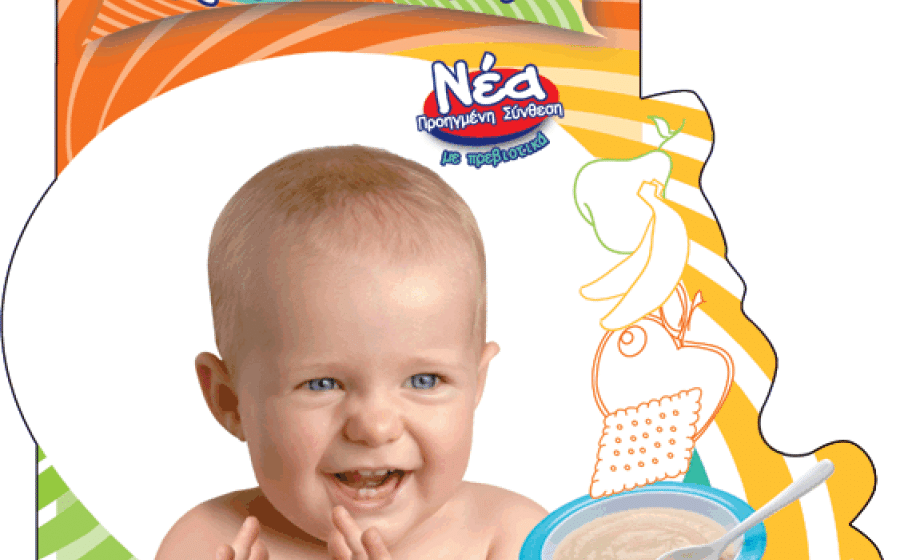


Lenticular Sheet/Lens
Lenticular lens are the piece of extruded plastic sheets having repeating rows of convex lenses (lenticules) on the front surface of the material, and a flat surface on the back side of the material that can either be printed on directly, or have a pre-printed graphic mounted to it (depending on the process of printing).
Lenticular Printing
Lenticular printing is a specialized printing process which utilizes a combination of specially prepared graphics that are designed to perfectly work together with lenticular lens to create printed images that have the illusion of depth or the ability to change or move as the image is viewed from different angles. The process of preparing graphics for use with a lenticular lens is commonly called “interlacing”. Interlacing is the process of creating a lenticular image from a set of 2D images. A small strip is taken from each 2D image and is combined in one image to match a specific lens pitch. An interlaced image is made up of repeating slices of multiple images that are either multiple views of one scene for 3D, or multiple frames of an animated or multi-image sequence. These divided strips of the images are interlaced together. The interlaced image is then printed in register (perfectly alignment) underneath to the lenticular lens in order for the effect to work.
Types of lenticular prints
There are three distinct types of lenticular prints, distinguished by how great a change in angle of view is required to change the image:
- Transforming prints: Here two or more very different pictures are used, and the lenses are designed to require a relatively large change in angle of view to switch from one image to another. This allows viewers to easily see the original images, since small movements cause no change. Larger movement of the viewer or the print causes the image to flip from one image to another. (The "flip effect".)

- Animated prints: Here the distance between different angles of view is "medium", so that while both eyes usually see the same picture, moving a little bit switches to the next picture in the series. Usually many sequential images would be used, with only small differences between each image and the next. This can be used to create an image that moves ("motion effect"), or can create a "zoom" or "morph" effect, in which part of the image expands in size or changes shape as the angle of view changes.



- Stereoscopic effects: Here the change in viewing angle needed to change images is small, so that each eye sees a slightly different view. This creates a 3D effect without requiring special glasses. Lens Design Lenticular lens has various designs. Depending on the sort of animation and the printing process to be used to produce the lenticular prints, different lenticular lens designs exist. The thickness and viewing angle of the lenticules are different. It is also found that angle of lenticular also differ. A narrow angle will give an optimal 3D effect, and a wide angle will work best for an animation effect. The lenticules for animation effects may run vertically or horizontally. However, better results – meaning cleaner action and far less chances of ghosting – when the lenticules are in the horizontal direction. For larger, more stationary pieces such as a poster or P.O.P. display, the vertical direction should be used since it requires the viewer to move rather than the piece.


Lenticular lens has various designs. Depending on the sort of animation and the printing process to be used to produce the lenticular prints, different lenticular lens designs exist. The thickness and viewing angle of the lenticules are different. It is also found that angle of lenticular also differ. A narrow angle will give an optimal 3D effect, and a wide angle will work best for an animation effect. The lenticules for animation effects may run vertically or horizontally. However, better results – meaning cleaner action and far less chances of ghosting – when the lenticules are in the horizontal direction. For larger, more stationary pieces such as a poster or P.O.P. display, the vertical direction should be used since it requires the viewer to move rather than the piece.
Procuring good quality Lenticular sheets in small quantity always remain problem for buyers. Are you facing same problem in procuring Lenticular sheets or any other Packaging material? No need to worry...Just visit online packaging store: http://store.packagingconnections.com/ wherein you can buy most of the Packaging material online ranging from pouch to carton and Lenticular sheets in low MOQ. Though DP lenticular have 15 different lenticular designs in stock: 75 LPI, ECOLENS 75 LPI, 62 LPI, 100 LPI, ECOLENS 100 LPI, 60 LPI, 3D-100 LPI, 150 LPI, 50LPI-M, 40 LPI, 3D-50LPI 3D 28 LPI UV-MF, 3D 20 LPI UV-LF, Microflex, MicroLux™. To make customer available this product in speedy manner & in low MOQ we have stocked few of the Lpi for Indian Customers (75 LPI, 40 LPI, 3D-50 LPI) in its standard size (508x711mm) with Lenticules parallel to longer size. For your kind reference here is the link: http://store.packagingconnections.com/lenticular-sheets





